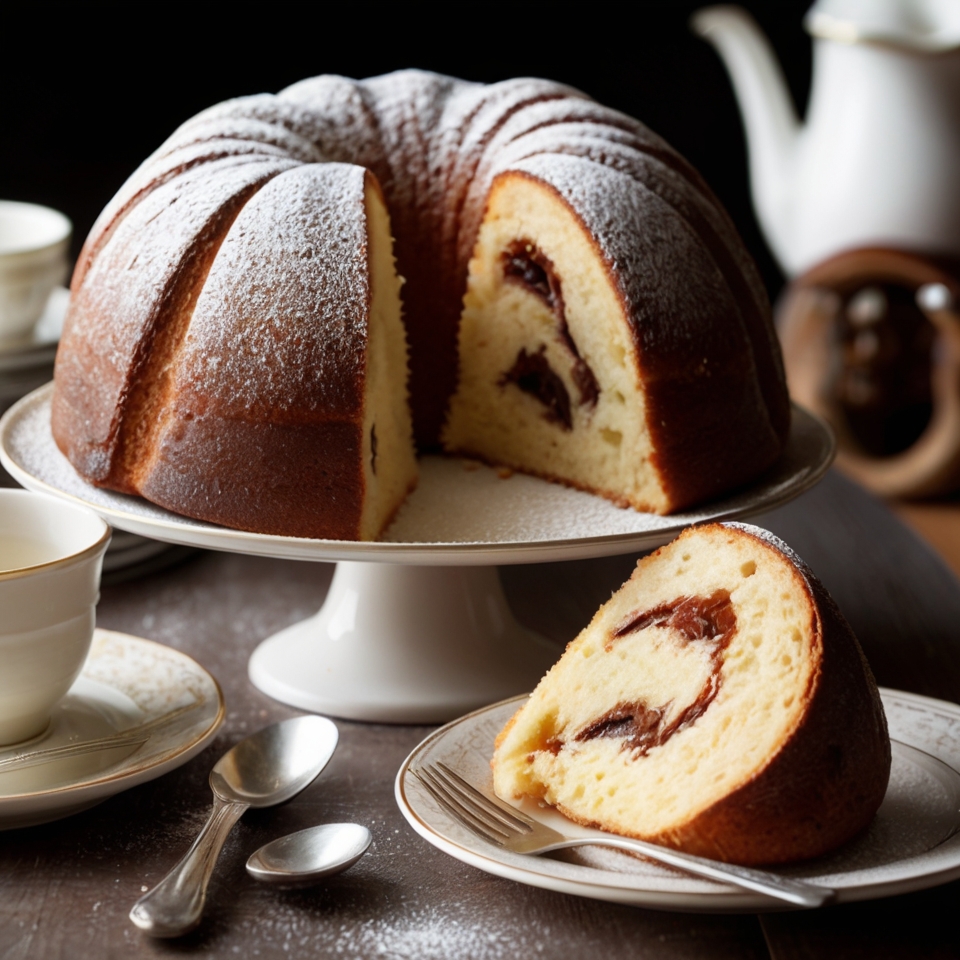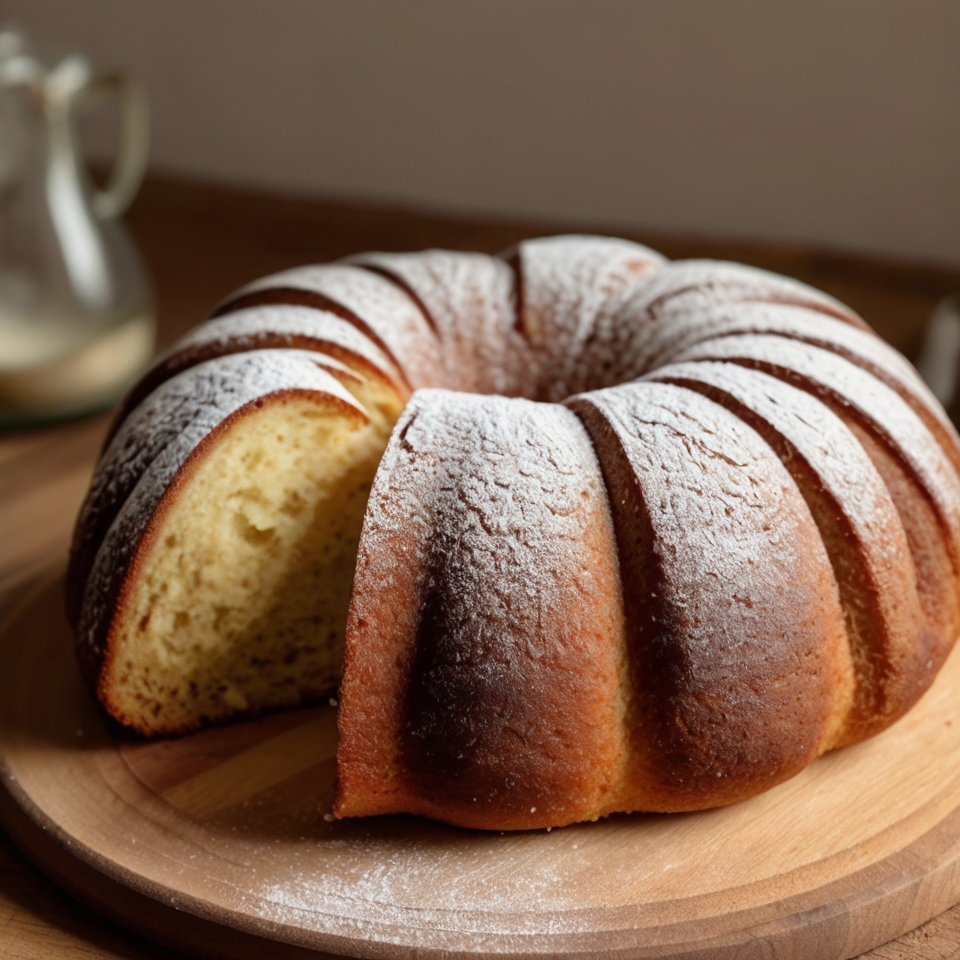
Austrian Gugelhupf, A Timeless Cake Tradition with a Story in Every Slice
Biobaeckerei – There are desserts that simply satisfy hunger, and then there are desserts that tell a story. The Austrian Gugelhupf belongs to the second category. More than just a cake, it represents warmth, hospitality, and centuries of European baking culture. In Austria, this delicate marble-style cake holds a sentimental place in family kitchens, especially during Sunday afternoons and festive gatherings. Growing up, many Austrians remember the familiar aroma filling their grandmother’s kitchen a comforting scent of butter, sugar, and lemon zest dancing in the air. In my view, that emotional connection is what makes Gugelhupf more than a recipe; it is a piece of heritage you can taste.
“Read also: The Fiery Heart of Thailand: Discovering Tom Yum Goong“
A Rich History Rooted in Tradition
While many believe Gugelhupf originated in Vienna, its roots stretch across Central Europe Austria, Germany, Hungary, and even Alsace in France. Historical notes suggest emperors and noble families adored it, including the famous Empress Sisi herself. Over time, the cake became a staple in everyday households. Today, it symbolizes celebration and hospitality, often served during Kaffee und Kuchen Austria’s beloved coffee-and-cake ritual. Understanding its history adds depth to every slice, reminding us that simple ingredients, when paired with love and tradition, can create something timeless.



Ingredients That Build Comfort
For the cake:
- 2 cups (250g) all-purpose flour
- 1 cup (200g) granulated sugar
- 1 cup (230g) unsalted butter, softened
- 4 large eggs, room temperature
- 1 tsp vanilla extract
- 1 tsp lemon zest (optional but traditional)
- 2 tsp baking powder
- 1/2 cup (120ml) whole milk
- Pinch of salt
For the chocolate swirl:
- 2 tbsp unsweetened cocoa powder
- 2 tbsp milk
- 2 tbsp sugar
For the pan & topping:
- Powdered sugar for dusting
- Butter (for greasing pan)
- Flour or breadcrumbs (for dusting pan — traditional Austrian method uses breadcrumbs)
Preparing the Pan: An Austrian Secret
Before mixing begins, tradition calls for careful preparation of the Austrian Gugelhupf mold. Unlike many modern recipes that rely on flour alone, Austrian bakers dust the pan with breadcrumbs after buttering it. This technique may sound unusual, yet it ensures a beautiful release and subtle texture on the crust. I’ve tried both methods, and truly, breadcrumbs make a noticeable difference. It’s a delightful detail that shows how generations refine recipes, passing down techniques like whispered family secrets.
Crafting the Batter Patience Makes Perfection
The batter begins by creaming butter and sugar until airy. This step is not to be rushed. Proper aeration gives Gugelhupf its signature light crumb. Eggs follow, one at a time, merging silkily into the mixture, while milk blends the dry ingredients smoothly. When making traditional European cakes, restraint is key overmixing ruins tenderness. I always think of baking like storytelling: gentle pacing creates deeper impact, and this cake rewards patience beautifully.
Marble Swirl: Where Art Meets Baking
Once the batter is ready, part of it is mixed with cocoa, sugar, and milk to form a velvety chocolate layer. The swirl isn’t just decorative it embodies the charm of Gugelhupf. Rather than rigid perfection, it celebrates organic beauty. I love this step because it feels playful; a fork swirl, a gentle fold, and suddenly the batter looks like a painting. It reminds us that baking is part science, part art, and fully joy.
Baking with Tradition
The cake bakes at 350°F / 175°C for nearly an hour, gradually rising into its iconic crown shape. During baking, the kitchen fills with nostalgic scents that feel like a warm embrace. When the oven timer beeps, resist the urge to rush let the cake cool slightly before turning it out. Patience once again rewards you, granting a surface so beautiful you’ll hesitate to dust it with sugar… but do it anyway. That snowy dusting is tradition and charm in one.
Serving Gugelhupf the Austrian Way
In Austria, Gugelhupf pairs effortlessly with coffee or Viennese Melange. It isn’t a cake of extravagance it’s a cake of comfort. Many Austrian families enjoy it for breakfast or during Sunday Kaffeezeit, often with whipped cream or fresh berries. To me, this ritual highlights what makes European culinary culture so special food is never rushed, always shared, and genuinely appreciated.
“Read also: The Science of Satiety: Foods That Help You Eat Less Without Feeling Hungry“
Tips for Flawless Results Every Time
From experience, small choices shape a professional result. Use room-temperature butter and eggs for a smoother texture. Beat the butter well for airiness. And most importantly, once flour enters the bowl, stir gently. Even the breadcrumb trick tells us something: authentic cooking blends wisdom with practicality. These techniques aren’t simply rules they are heirlooms of taste passed down through time.
Creative Variations for Modern Kitchens
While tradition is beautiful, innovation keeps culture alive. Austrian Gugelhupf welcomes variation almond flour adds nuttiness, rum-soaked raisins introduce warmth, and extra cocoa transforms the cake into a deeper marbled treat. You can even add vanilla bean paste for a luxurious twist. Personally, I love the rum-raisin version during winter; the aroma alone feels like a hug after a cold day.
A Cake that Connects Generations
The Austrian Gugelhupf is not merely a dessert it’s a celebration of memory, culture, and family love. Every ingredient carries warmth, every swirl holds a story, and every slice invites us to slow down and appreciate life’s gentleness. Whether you’re baking it for a holiday, a cozy breakfast, or just because you crave something soulful, Gugelhupf never disappoints. It reminds us that a truly meaningful dish isn’t defined by complexity but by heart.

Leave a Reply